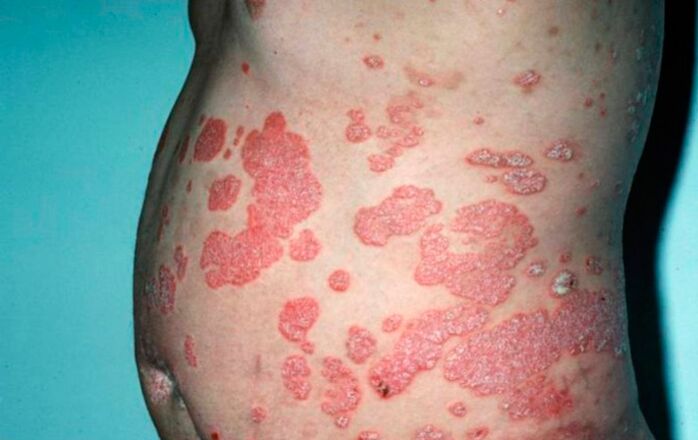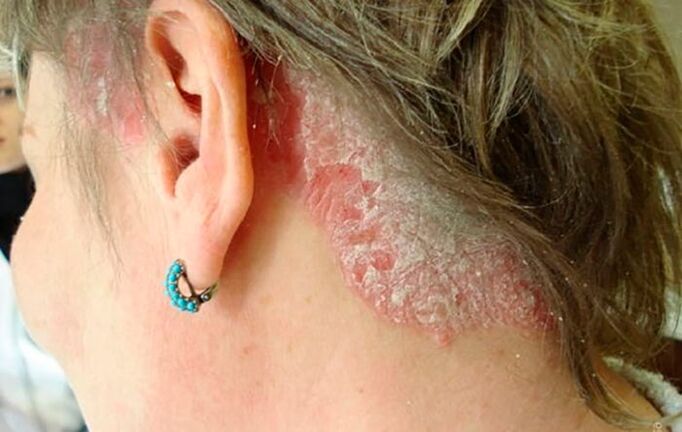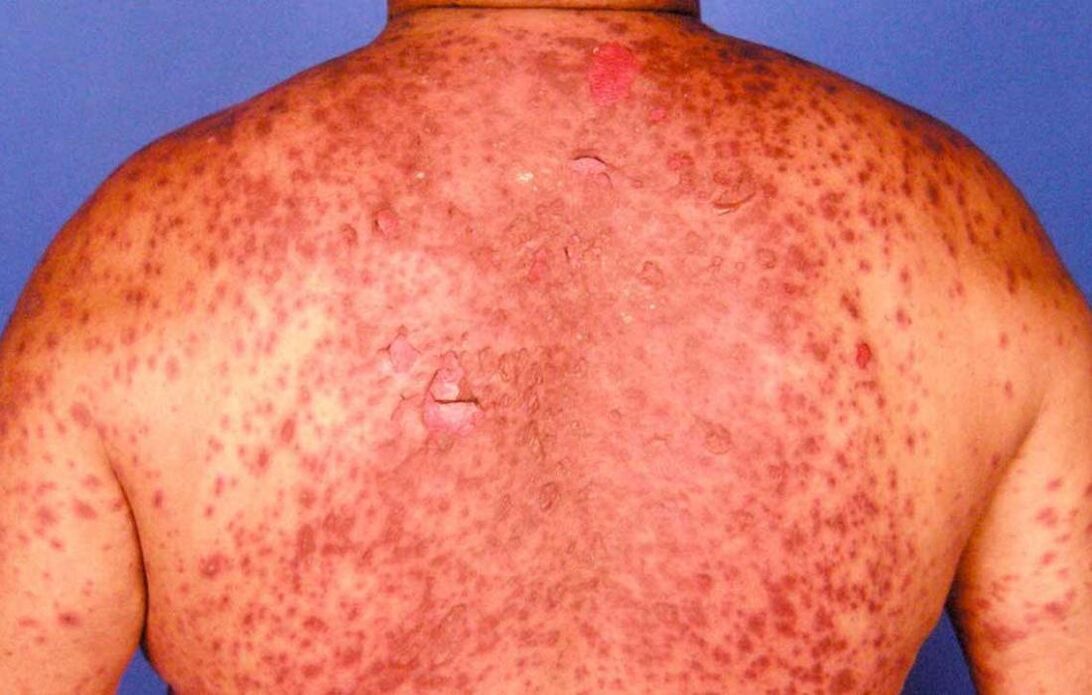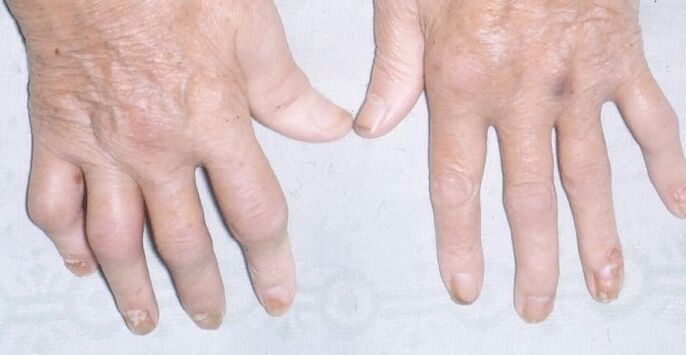
Psoriasis is a long-term and virtually incurable, non-contagious disease. It mainly affects the skin, nails and joints. Psoriasis can occur in a person at any age, even in children.
There are several theories about the cause of psoriasis:
- Neurogenic Disorder Theory;
- Theory on problems of the endocrine system;
- The theory of viral disorders or the theory of metabolic disorders.
But none of these theories have been practically scientifically proven. To date, scientists have come to the conclusion that the onset of the disease is influenced by heredity or a person's genetic predisposition to pathological changes in skin cells.
These cells form in the basal layer and, reaching the outer horny layer, form scales. The genetic factor proves the presence of the disease in relatives. In other words: if your relatives suffer from psoriasis, then it could appear in you or your children.
Factors affecting the appearance of psoriasis
The following factors affect the appearance of psoriasis:
- nervous breakdowns;
- Mental and physical shock, overload of the body;
- Diseases of the endocrine system;
- Biochemical and enzymatic disorders;
- Hypothermia of the body;
- Reduced immunity.
It is difficult to identify and confirm what caused this disease. They often say that the disease appeared for no apparent reason.
What kind of disease is psoriasis: how does it manifest itself?
With this disease, papules and plaques appear on the skin. Plaques are sharply limited, compact spots on the skin of a pinkish or reddish hue with small pale scales. The plates have different shapes, but are more often round or oval. They can be located anywhere on the human body, but are most often observed on large joints, on the sacrum and lower back, under the hair on the head.
Psoriatic papules are characterized by rapid growth with the formation of plaques of several centimeters, which then merge into large skin lesions.
How is psoriasis diagnosed?
The following indicators are important for diagnosis:
- If you try to scrape the papule, the scales are easily sprayed, a "stearin stain" forms.
- A reddish shiny surface appears on the skin - the terminal film of the stain;
- If you continue to scrape off the stain, a bleeding spot appears on its surface: "blood dew".
Stages of psoriasis
For rashes associated with the disease, the following stages of development are characteristic:
- Progressive stage (the appearance of small papules, which grow over time and merge into larger ones);
- Stationary stage (the plates grow and do not change for a certain period of time);
- Regressive stage (the rash becomes pale, becomes thinner and disappears from the surface of the skin).
Depending on the state of the body, the disease can last a long time.
For the first stage of the rash, the Kebner effect is characteristic: new psoriatic lesions appear on the site of the damaged skin after about a week.
During the period of remission on the skin in the area of the elbow or knee joints, isolated plaques may remain, the so-called "must".
Types of psoriasis
There are several types of the disease:
- Exudative form: with it, swelling and brightness of papules with yellowish crusts are expressed on their surface;
- Follicular form: small papules are located in the area of the follicular orifices;
- Palm-plantar form of psoriasis: with it, the skin of the soles of the feet and palms is covered with cracks and scales, psoriatic plaques are visible on them;
- Seborrheic psoriasis: mainly localized on the scalp;
- Psoriatic erythroderma. In this form, the disease is very difficult, the entire surface of the skin is affected by psoriasis, an increase in peripheral lymph nodes, fever, itching, sleep disturbances, changes in blood and urine are observed;
- Arthropathic psoriasis: affects and deforms the joints, limiting their movement. It is characterized by severe pain and swelling in the affected joint area. This is a very painful form of psoriasis which often leads to disability.



In all forms of psoriasis, a change in the nails is observed: they become cloudy, thicken and small specks appear, as if they were pierced with a needle.
The disease lasts for many years with periods of deterioration and improvement of health, is characterized by seasonality: exacerbation in the cold and remission in the hot season.
Psoriasis treatment
Psoriasis should be treated under the supervision of a doctor in the dermatology department. Treatment is prescribed by optimally combining therapeutic drugs with ointments and physiotherapy, as well as limiting animal fats and carbohydrates in food, alcohol and spicy foods.
Patients must be under the supervision of a physician and require annual spa treatments. With psoriasis, it is recommended to visit radon sources and hydrogen sulfide baths, swim in the sea and sunbathe.
























